It looks like you've stumbled upon a page meant to be read by our code instead of viewed directly. You're probably looking for this page.
Book of the Day Roundup: September 20-24, 2021
Pump
A Natural History of the Heart
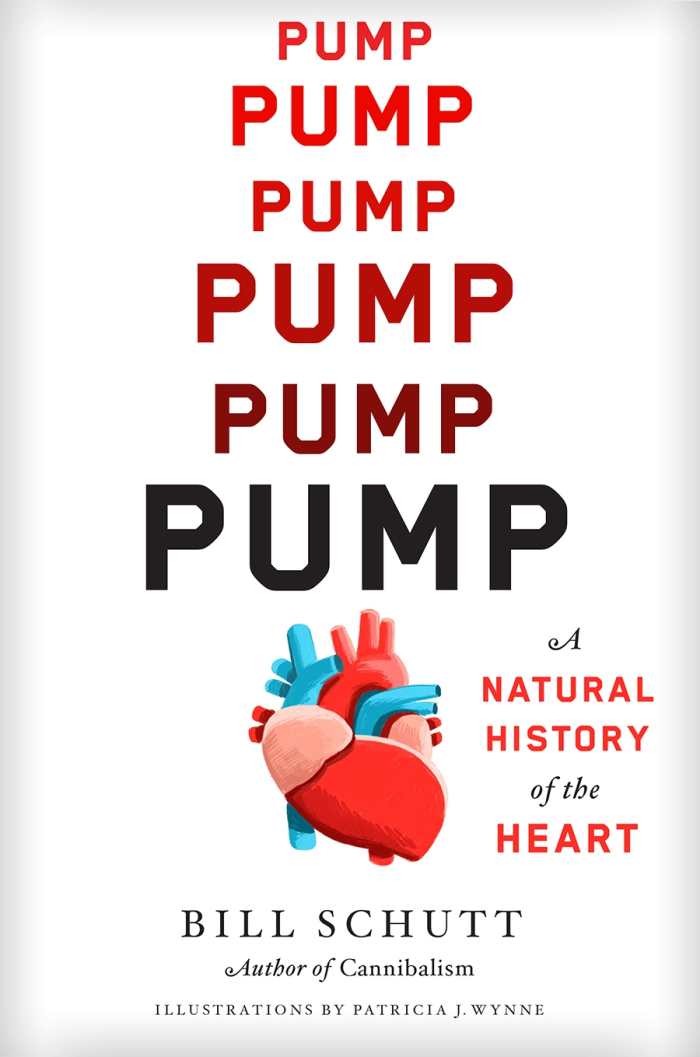
Bill Schutt
Algonquin Books
Hardcover $26.95 (288pp)
978-1-61620-893-6
Buy: Amazon
Bill Schutt’s Pump is an entertaining survey of the evolution of the circulatory system. From grasshoppers to whales, it explains how hearts and other analogous structures work. Zeroing in on the human heart, the book contrasts the ancients’ understanding of its role with current efforts to treat its most pernicious ailments.
In 2018, Schutt visited a blue whale heart on display at the Royal Ontario Museum, alongside a Smart car for comparison. At the other end of the spectrum is the insect circulatory system, based around a dorsal blood vessel that conveys hemolymph. Earthworms, meanwhile, have multiple aortic arches instead of a single heart. All of these pumping mechanisms are “functionally equivalent,” having evolved to meet their species’ requirements.
In ancient Egypt, Schutt says, the human heart was viewed as the seat of the soul. And while successful transfusion was achieved as early as the seventeenth century, heart transplants are a more complicated matter and failed even into the 1980s, as in the famous case of Baby Fae, who died within weeks of receiving a baboon heart. And today, Harvard scientists are attempting to grow human hearts from stem cells, building on regeneration technology developed in zebrafish.
Schutt’s book recreates the interviews he conducted during research visits, while puns and other funny touches, like a section of direct addresses to flatworms, enliven its prose. Fascinating asides on the clotting ability of horseshoe crabs’ blue blood (harvested for pharmaceutical use) and Charles Darwin’s posthumous diagnosis—he was treated for angina, but in the 1950s it was proposed that he contracted Chagas disease from an insect bite—come in.
Illustrated by Schutt’s longtime American Museum of Natural History office mate, Patricia J. Wynne, this brisk and engaging history of hearts of all forms and sizes packs a punch.
REBECCA FOSTER (August 27, 2021)
If God Is Love, Don’t Be a Jerk
Finding a Faith That Makes Us Better Humans
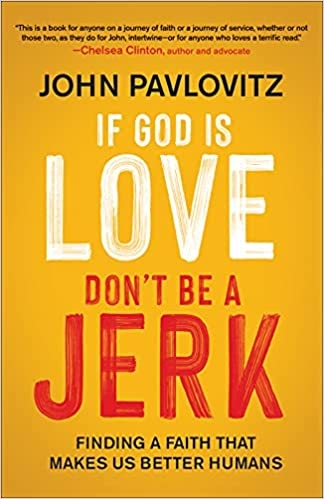
John Pavlovitz
Westminster John Knox Press
Softcover $18.00 (238pp)
978-0-664-26684-4
Buy: Amazon
John Pavlovitz’s If God Is Love, Don’t Be a Jerk issues a passionate, timely plea for Christians to return to a faith of love and service.
Organized religion has missed the mark, Pavlovitz argues. By implying that white Americans are God’s chosen ones and threatening eternal torment for everyone else, Christianity has promoted fear, division, and a concept of God that’s too small. Instead, he says, the measure of faith should be whether it makes people kinder and more compassionate: “Not is it true or real or provable or noble—but is it helpful? Is its net effect on humanity redemptive?”
Pavlovitz’s witty, self-deprecating stories—as of squeezing into a dusty pair of jeans (glorious and acid-washed), trying not to “step in it” during a conversation at a dog park, and remembering a favorite scene from This Is Spinal Tap—make the book relatable and accessible. Even his chapter headings are lively: “Oh, Hell No” critiques assumptions about eternal punishment and original sin; “The Church of Not Being Horrible” suggests a mission statement for a new kind of faith.
The book speaks especially to outsiders who have been disillusioned or wounded by organized religion, and to those who are struggling to find meaning in church doctrines. Focused on healing and putting love to work, the book adopts a progressive approach to LGBTQ+ people and questions about immigration, homelessness, a woman’s right to choose, and even mask-wearing during the pandemic.
With conviction and clarity, If God Is Love, Don’t Be a Jerk advocates a life based on empathy and acceptance in the powerful, earnest voice of “an honest and stumbling disciple trying to find the truest truth and live it.” It’s hard to imagine a more urgent and vital message for today’s spiritual seekers.
KRISTEN RABE (August 27, 2021)
Letters to Amelia
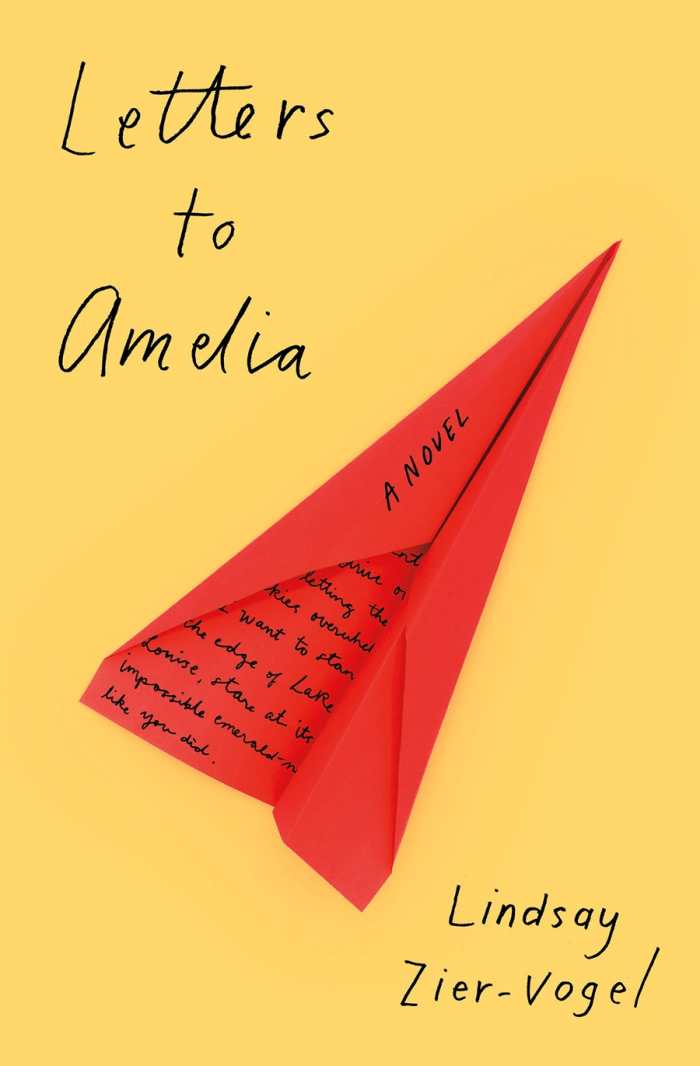
Lindsay Zier-Vogel
Book*hug Press
Softcover $20.00 (281pp)
978-1-77166-698-5
Buy: Local Bookstore (Bookshop), Amazon
Lindsay Zier-Vogel’s debut novel Letters to Amelia explores love and grief through correspondence.
Just as Jamie, her boyfriend of seven years, leaves her, Grace, a Toronto library technician, receives a new work assignment. Without anyone else knowing it, she is to read and summarize a box of letters written between Amelia Earhart and her lover. The letters help to distract Grace from her loss. As she delves into her job, she opens up about her breakup to friends and family. She and Jamie reunite long enough for Grace to get pregnant; inspired by the passions that Amelia relates in her letters, Grace embraces the possibility of motherhood, undertaken in her own way.
Each of the book’s short chapters functions like a snapshot, capturing familiar everyday moments and feelings. Their descriptions of work, downtime, and how Grace withholds painful news from coworkers and friends are visceral and immediate. Her conversations reveal the suspenseful gap between what she wants to say, and what she reveals only in her own letters back to Amelia. Grace’s correspondence reveals a side of her that her friends aren’t privy to, including her developing protectiveness toward her baby.
The novel evokes compassion for Amelia and Grace, who both struggle to share themselves with others. As Amelia’s letters go public, Grace realizes that she’s also feeling protective of Amelia’s privacy; she resents the ways that the public judges and pigeonholes Amelia. Acting on her personal connection to the famous figure, she goes after the same joy that she learns that Amelia experienced, in a plane trip, alone.
An understated literary work with a historical underpinning, Letters to Amelia celebrates singular desires and pays homage to intimacy in the face of social scrutiny.
MARI CARLSON (August 27, 2021)
189 Canaries
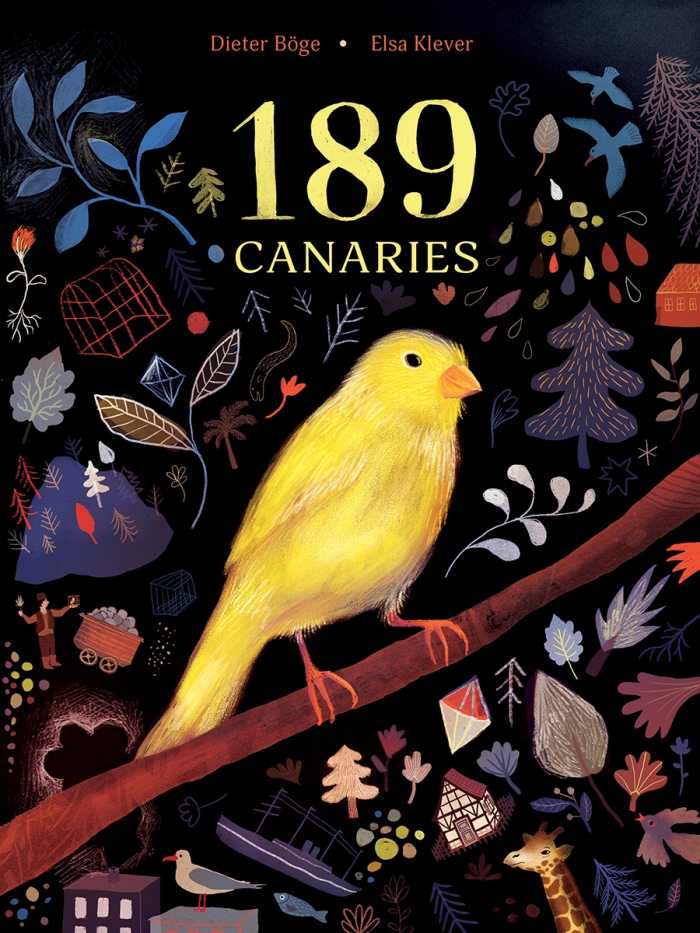
Dieter Böge
Elsa Klever, illustrator
Laura Watkinson, translator
Eerdmans Books for Young Readers
Hardcover $17.99 (48pp)
978-0-8028-5574-9
Buy: Local Bookstore (Bookshop), Amazon
Canaries are carried around the world in this informative tale with stunning illustrations. In gilded, folk art style, the early reader focuses on a miners’ canary, who revels in his days off from singing in the dark. When a bird dealer takes the canary from his cozy mountain cage, he winds up in the stuffy hull of a ship, feeling homesick. Across the sea, though, he finds a new, happy home. He’s no longer alone; he can sing all day, if he wants to.
MICHELLE ANNE SCHINGLER (August 27, 2021)
The Isolation Artist
Scandal, Deception, and the Last Days of Robert Indiana
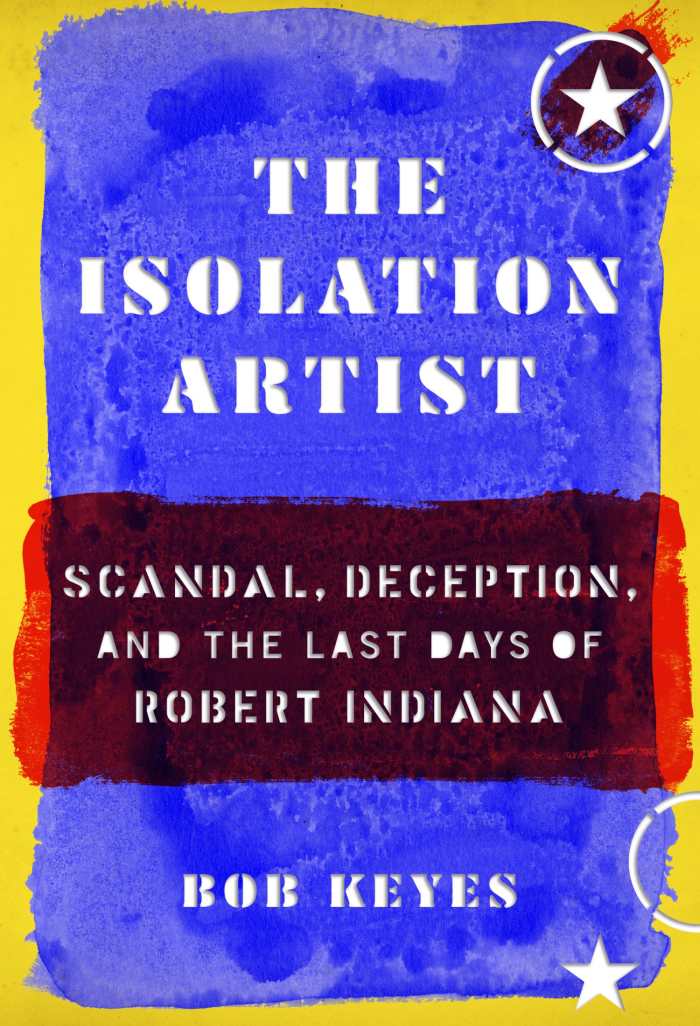
Bob Keyes
Godine
Hardcover $21.95 (248pp)
978-1-56792-689-7
Buy: Local Bookstore (Bookshop), Amazon
In The Isolation Artist, Bob Keyes explores the tumultuous life and death of an influential artist.
Robert Indiana is best remembered for his rendering of the word “LOVE” in bold type, the first two letters atop the last two, the “O” tilted to the right. Keyes reveals that the last decade of Indiana’s life was plagued by isolation, self-imposed and otherwise; legal squabbles; and the ire of his neighbors on his small island home. Keyes, who interviewed Indiana multiple times before his “disappearance” and death, picks apart this tangled skein of conflicting allegations and prickly personalities.
Every character in this thorny modern drama has their own agenda. Among the parties who tried to control Indiana and his work were a personal assistant who withdrew and hid large amounts of Indiana’s cash, and a shady corporation that acquired the rights to LOVE when Indiana was at his most vulnerable, underpaid him throughout their relationship, and filed suit against his estate the day before (or possibly the same day that) he died.
Indiana himself cuts a memorable, infuriating figure. Though desperate for adulation, he could be snappish and rude to his closest allies. He found it easier to play the victim than to compromise or put effort into reviving his career. Questions still linger about his physical and mental state toward the end of his life, including how much input he had on later artworks.
Keyes reconstructs Indiana’s final years with a journalist’s meticulous eye, sorting through contradictory stories and pointing out gaps left by sealed court documents and declined interview requests. In the end, the only clear fact is this: Robert Indiana’s death will remain as mysterious as his life.
The Isolation Artist is a sympathetic account of a complex artist and the many personal flaws that allowed others to take advantage of him.
EILEEN GONZALEZ (August 27, 2021)
Barbara Hodge